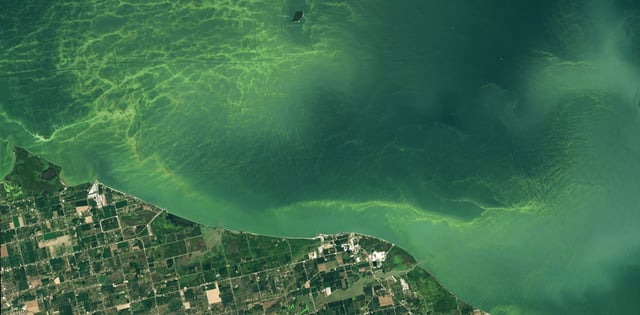Overview
- NOAA and the National Centers for Coastal Ocean Science forecast the 2025 bloom at severity index 3, marking a mild to moderate event below last year’s levels.
- Researchers predict the bloom will emerge by mid-July, peak in August and persist into September without reaching Cleveland.
- Phosphorus runoff from farm operations in the Maumee watershed remains the primary driver, with spring storm discharge accounting for about half of this year’s nutrient load.
- State efforts to curb agricultural nutrient runoff have helped reduce phosphorus concentrations over time, offering early signs of watershed recovery.
- Though bloom size does not indicate toxicity, cyanobacteria can produce microcystin toxins that threaten drinking water safety, lakefront recreation and could impose more than $70 million in regional costs.


